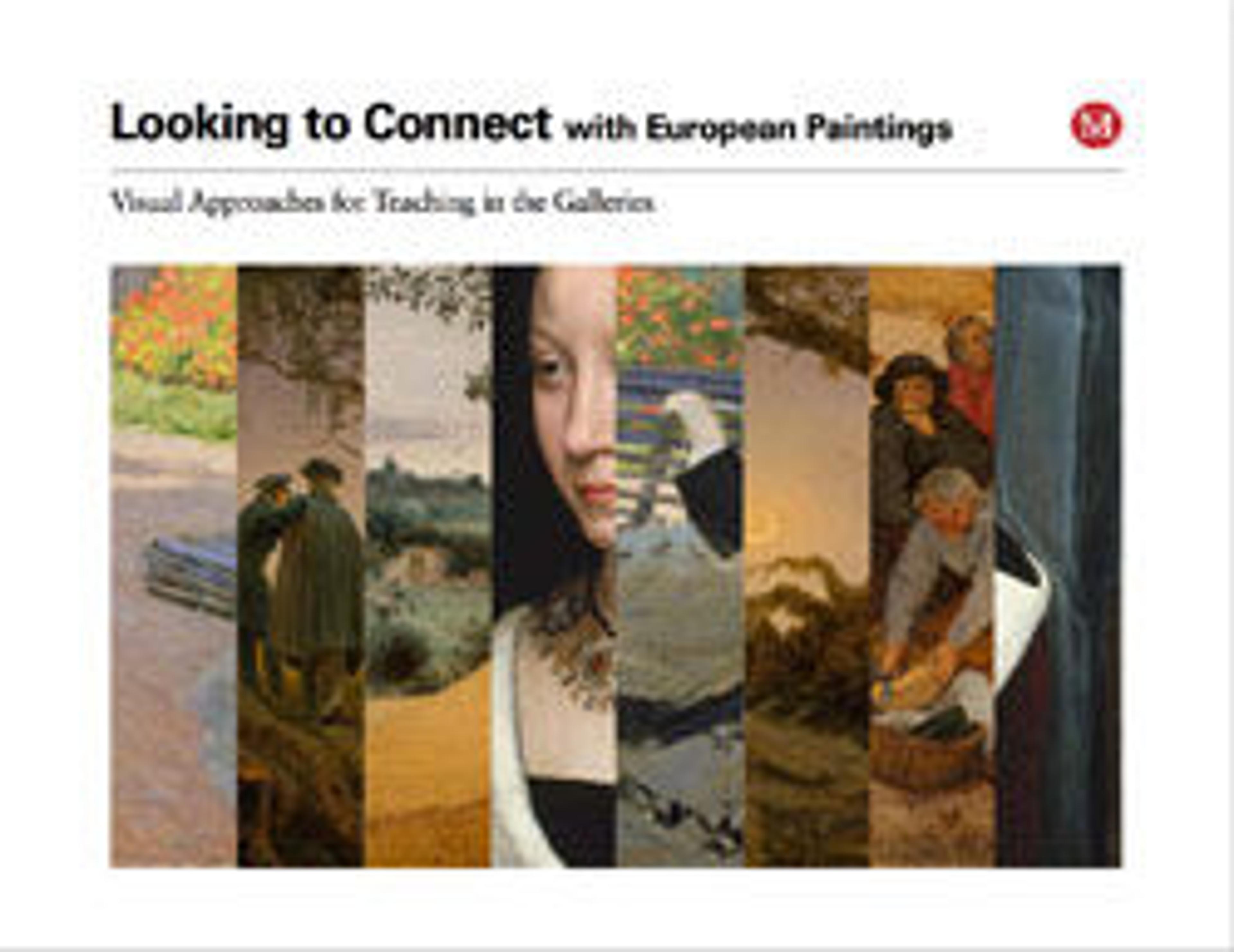The Story of Joseph
In a succession of episodes, marked with the names of the chief characters, the painting illustrates the biblical story of Joseph (Genesis 37,39,42-27). In the background to the left is the sale into slavery of Joseph to Potiphar; Joseph fleeing the seductive advances of Potiphar's wife; and his subsequent imprisonment. In the foreground on the right is the dream of the Pharoah and Joseph interpreting it, and, on the left, Joseph greeting his father and kinsmen on their arrival in Egypt.
A companion panel (J. Paul Getty Museum, Los Angeles) shows earlier episodes of the story, before Joseph was sold into slavery in Egypt. The panels originally were installed in the wainscoting of a bedroom, and date from about 1482.
A companion panel (J. Paul Getty Museum, Los Angeles) shows earlier episodes of the story, before Joseph was sold into slavery in Egypt. The panels originally were installed in the wainscoting of a bedroom, and date from about 1482.
Artwork Details
- Title:The Story of Joseph
- Artist:Biagio d'Antonio (Italian, Florentine, active by 1472–died 1516)
- Medium:Tempera on wood
- Dimensions:27 x 59 in. (68.6 x 149.9 cm)
- Classification:Paintings
- Credit Line:The Friedsam Collection, Bequest of Michael Friedsam, 1931
- Object Number:32.100.69
- Curatorial Department: European Paintings
More Artwork
Research Resources
The Met provides unparalleled resources for research and welcomes an international community of students and scholars. The Met's Open Access API is where creators and researchers can connect to the The Met collection. Open Access data and public domain images are available for unrestricted commercial and noncommercial use without permission or fee.
To request images under copyright and other restrictions, please use this Image Request form.
Feedback
We continue to research and examine historical and cultural context for objects in The Met collection. If you have comments or questions about this object record, please contact us using the form below. The Museum looks forward to receiving your comments.
